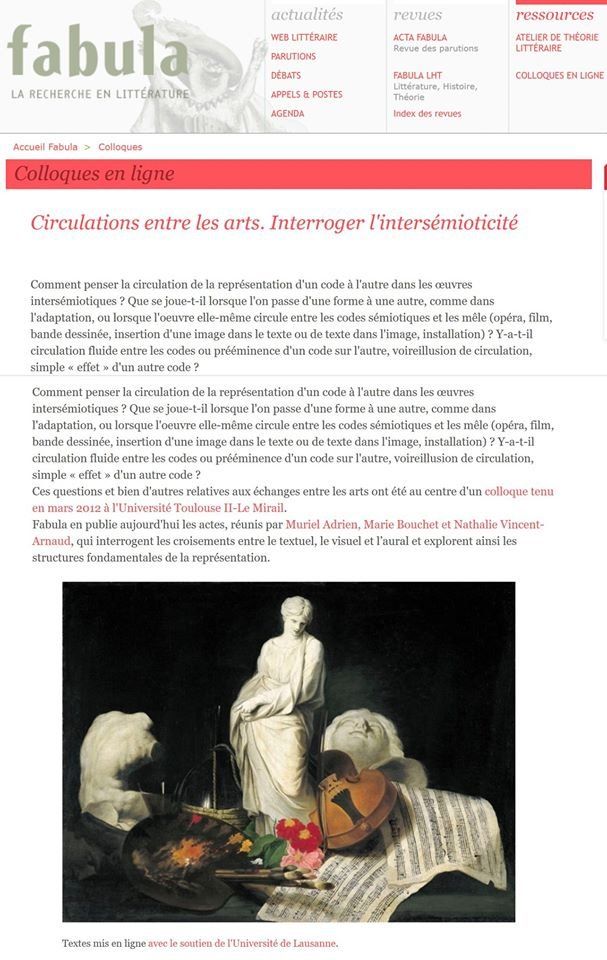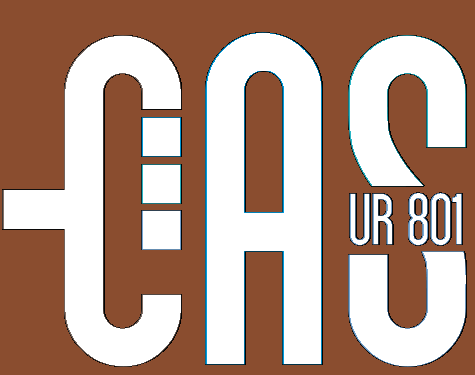MIRANDA
REVUE PLURIDISCIPLINAIRE DU MONDE ANGLOPHONE
MULTIDISCIPLINARY PEER-REVIEWED JOURNAL ON THE ENGLISH-SPEAKING WORLD
Issue 22
The spring 2021 issue of the journal
Miranda, contains, in the section
Reviews
(edited by
Candice Lemaire and
Isabelle Keller-Privat),
my review of two fascinating Alan Moore-focused books by
Pádraig Ó Méalóid:
Poisoned Chalice: The Extremely Long and Incredibly Complex Story of Marvelman (and Miracleman) (devoted to the inextricable legal battles that have prevented the continuation of Alan Moore, Neil Gaiman et al.'s comic book series
Miracleman for almost three decades, and
Mud and Starlight.
The Alan Moore Interviews, 2008-2016, which is, as its subtitle suggests, a collection of the many interviews with Alan Moore carried out by Ó Méalóid over the years.
The article is, like the rest of the issue, available online at the following address:
https://journals.openedition.org/miranda/38271
Here is one of the addresses where you can get
Poisoned Chalice:
https://www.lulu.com/shop/padraig-o-mealoid/poisoned-chalice-the-extremely-long-and-incredibly-complex-story-of-marvelman-and-miracleman/paperback/product-23858084.html?page=1&pageSize=4
Here is one of the addresses where you can get
Mud and Starlight:
https://www.lulu.com/en/us/shop/p%C3%A1draig-%C3%B3-m%C3%A9al%C3%B3id-and-alan-moore/mud-and-starlight-interviews-with-alan-moore-2008-2016/paperback/product-6744gq.html?page=1&pageSize=4
Interroger l'intersémioticité
&
ART ET LITTERATURE FANTASTIQUES
N°27-28
Forêts fantastiques
















